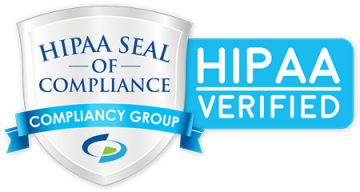Renal artery stenosis
Renal artery stenosis is a narrowing of arteries that carry blood to one or both of the kidneys. Most often seen in older people with atherosclerosis (hardening of the arteries), renal artery stenosis can worsen over time and often leads to hypertension (high blood pressure) and kidney damage. The body senses less blood reaching the kidneys and misinterprets that as the body having low blood pressure. This signals the release of hormones from the kidney that lead to an increase in blood pressure. Over time, renal artery stenosis can lead to kidney failure.
Causes of Renal Artery Stenosis
More than 90% of the time, renal artery stenosis is caused by atherosclerosis, a process in which plaque made up of fats, cholesterol, and other materials builds up on the walls of the blood vessels, including those leading to the kidneys.
More rarely, renal artery stenosis can be caused by a condition called fibromuscular dyplasia, in which the cells in the walls of the arteries undergo abnormal growth. More commonly seen in women and younger people, fibromuscular dyplasia is potentially curable.
Risk Factors for Renal Artery Stenosis
Renal artery stenosis is often found by accident in patients who are undergoing tests for another reason. Risk factors include:
Older age
Being female
Having hypertension
Having other vascular disease (such as coronary artery disease and peripheral artery disease)
Having chronic kidney disease
Having diabetes
Using tobacco
Having an abnormal cholesterol level
Symptoms of Renal Artery Stenosis
Renal artery stenosis usually does not cause any specific symptoms. Sometimes, the first sign of renal artery stenosis is high blood pressure that is extremely hard to control, along with worsening of previously well-controlled high blood pressure, or elevated blood pressure that affects other organs in the body.
Diagnosis of Renal Artery Stenosis
If your doctor suspects that you have renal artery stenosis, he or she may order tests to either confirm suspicions or rule it out. These include:
Blood tests and urine tests to evaluate kidney function
Kidney ultrasound, which uses sound waves to show the size and structure of the kidney
Doppler ultrasound, which measures blood-flow speed in arteries to the kidney.
Treatments for Renal Artery Stenosis
Initial treatment for renal artery stenosis is often medication. The condition may require three or more different drugs to control high blood pressure. Patients may also be asked to take other medications, such as cholesterol-lowering drugs and aspirin.
In some cases, an intervention such as angioplasty, often with stenting or surgery, may be recommended. With angioplasty, a catheter is inserted into the body through a blood vessel and guided to the narrowed or blocked renal artery. A balloon on the catheter is then inflated to open up the inside of the artery. A stent can then be placed to keep the area open.
Surgery to bypass the narrowed or blocked portion of the artery and/or remove a non-functioning kidney may be needed for some patients.
If you’re diagnosed with renal artery stenosis, it’s important to discuss the risks of the different treatments with your doctor. The side effects of blood pressure medications may include dizziness, sexual problems, headache, and cough. Complications of angioplasty include bruising, bleeding, additional kidney damage, and the possibility that the arteries can close again.
The above information is not all inclusive of the risks, alternatives and benefits. It is not meant to be a substitute for informed discussion between you and your doctor, but can act as a starting point for such a discussion. There are complications possible with any medical procedure. Overall, minimally invasive procedures have a lower complication rate than open surgeries.




